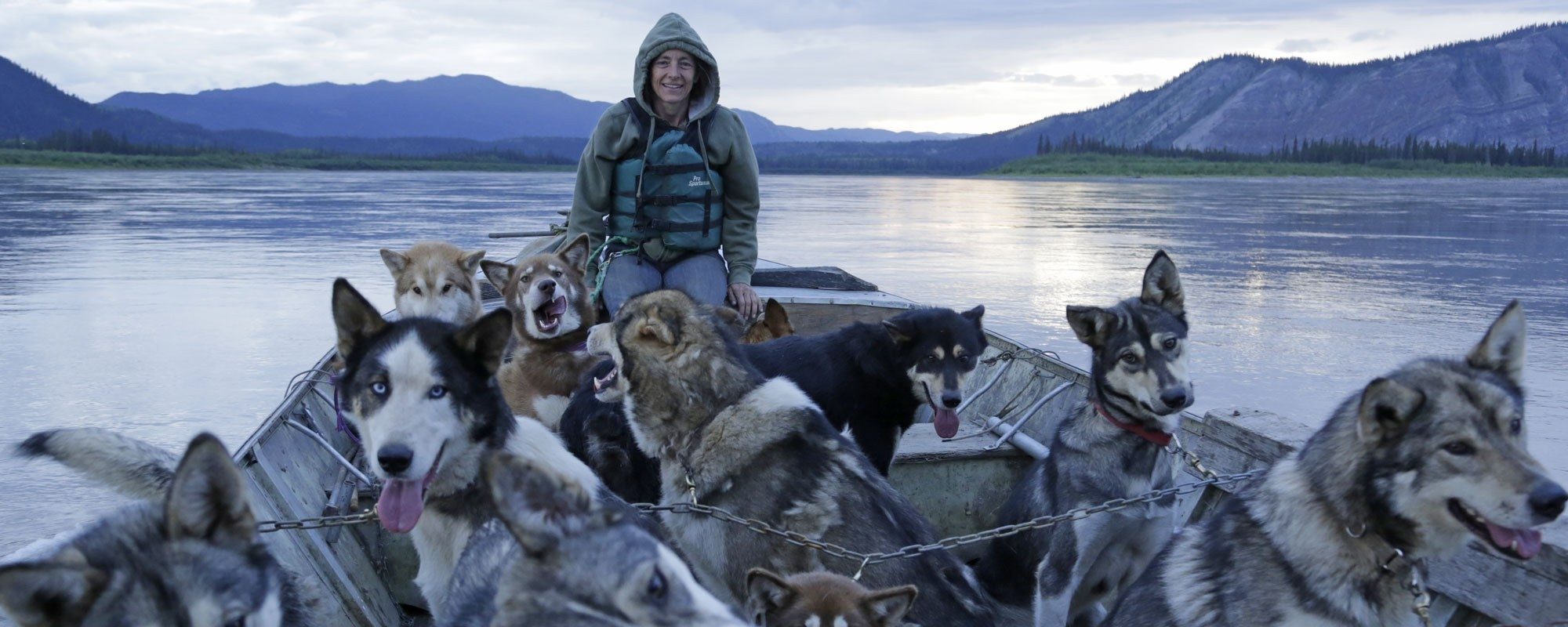All Videos
Clubhouse Conversations — Life Below Zero
Cinematographers Michael Cheeseman and Danny Day discuss their work in this National Geographic series and their creative approach to non-fiction shooting in hostile environments with interviewer James Neihouse, ASC — who also has extensive production experience in similarly difficult locations.

Launched in 2014 and produced by BBC Worldwide, Life Below Zero depicts the daily trials and tribulations of the isolated inhabitants of remote corners of the frigid Alaskan wilderness. Many survive by providing essential services, while others live almost completely off the grid and rely only upon their own resourcefulness. All are independent and tough.

While the show’s primary cameras are Canon EOS C-300 Mark IIs, they employ Sony NEX-FS700 and FS5 Mark II units for slow-motion work (up to 120 fps), and Go-Pro Hero 7 Black cams to capture other unique (and often dangerous) perspectives. Heavy use is also made of DJI Mavic Pro 2 and Inspire Pro drones, with extensive aerial footage helping to convey the epic — and often imposing — Alaskan landscapes.

This is Cheeseman and Day’s fifth joint Outstanding Cinematography for a Reality Program Emmy nomination for their work on Life Below Zero — they and the show’s camera team shared wins in 2016, ’18 and ’19.

This year, Cheeseman and Day also share their nomination with series director of photography Dwayne Fowler.
At the beginning of his career, Michael Cheeseman gained experience as a camera assistant and then operator while shooting reality series including Top Shot, The Apprentice, Dancing with the Stars and Ice Road Truckers. In 2014, he became a director of photography on Life Below Zero, earning credits on more than 70 episodes. His other recent credits include the spinoff series Port Protection, which similarly depicts the rugged lifestyles of those who choose to live in a coastal Alaskan outpost with fewer than 60 inhabitants.
Danny Day joined the Life Below Zero team in 2014 and has collaborated behind the camera on more than 80 episodes, starting as an assistant and operator before becoming a director of photography on the show.
James Neihouse, ASC is no stranger to the documentary realm or harsh environments. He has worked on more than 30 Imax productions, including all of the company’s collaborations with NASA, such as Space Station 3-D and Hubble 3-D. Over the course of the NASA projects, he has trained more than 25 space shuttle and space station crews on the intricacies of large-format filmmaking. His credits also include The Eruption of Mount St. Helens! (the first Imax project nominated for an Academy Award), Mission to Mir, Blue Planet, Michael Jordan to the Max, NASCAR: The Imax Experience, Ocean Oasis and Jane Goodall’s Wild Chimpanzees. He has won two cinematography awards from the Giant Screen Cinema Association, for Space Station 3-D and Hubble 3-D. A member of the Academy of Motion Picture Arts & Sciences, he recently coordinated a global photographic team for the project One More Orbit, a record-shattering, high-speed flight around the Earth, commemorating the Apollo 11 landing and a tribute to the past, present, and future of space exploration.

